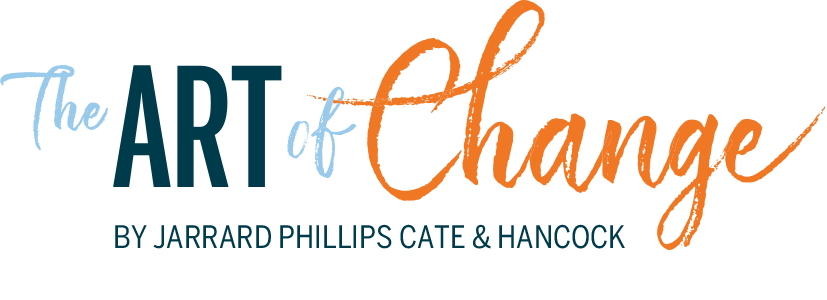
C’mon In: The Water’s Boiling
You thought you were in a crisis? Well, now you really are.
Last year, “change” was an ideal for healthcare. Organizations could push back and defend against it, keeping their doors open by relying on old reimbursement patterns and putting patient expectations on the back burner. Even providers that wanted change struggled to make it stick. Odd behavior at a time when our industry was supposedly sitting on a burning platform.
For healthcare, last year’s “fire” consisted of new entrants and big tech, shifting patient expectations, compressed margins, the rise of alternative models of care and so on. While many traditional providers looked at those trends and made dramatic changes, the industry as a whole seemed to be ambling along. Which raises the question, was the platform really burning?
Perspective does funny things. “You thought that was a fire?” someone might say. “I’ll show you a fire!” From where we sit in June of 2020, SARS-CoV-2 is a raging inferno.
America is just now beginning to crawl out from under the first, acute phase of the COVID-19 crisis and take stock. Just as we don’t yet know the long-term effects of the virus on those who’ve contracted it, we don’t yet know where we as a society or industry will be in a year, six months or even next week. Some things may snap – or drift – back to the way they were. Other areas will be inalterably changed. Certainly, the pandemic has done more to create a “true” burning platform than anything our industry has ever seen. And so, we’re responding accordingly.
Last year, we launched our inaugural season of the five-part Art of Change series to zero in on how healthcare leaders make change happen. It focused on the deep, relational political dynamic within every organization and how leaders could use that dynamic to propel their teams forward. We established a set of elements that contribute to and allow for change.
And then, well, you know…
In the past 100 days, our firm has worked with more than 60 healthcare providers to navigate the crisis, and we’ve been communicating with friends across the industry who provide legal, regulatory, financial, management and strategic services. The experience has given us a new lens on the Art of Change (the concept, not just the series). It has challenged what we thought we knew while affirming some bedrock principals.
Ironically, one thing it has taught us is that the language of “change” can be problematic (more on that in the next piece). Moreover, “change” evolved in practice from a conscious, active process spearheaded by forward-thinking leaders to a force acting on organizations. As such, it couldn’t be avoided, defended against, reframed. So the questions went from, “Will you change?” and, “How will you change?” to, “How will you respond to change?” and, critically, “How do we provide stability during change?”
This season we will take the elements we established last year – which were pressure-tested during the pandemic and largely held up – combine them with what we have learned over the last few months and examine several key challenges facing healthcare providers in the wake of the novel coronavirus.
We’ll dig into a handful of areas where we expect to see significant activity over the next year:
- Transactions, mergers and acquisitions: Following shocking financial and operational disruption across the industry, how do providers move forward to ensure the long-term viability of their organizations?
- Marketing: Patients need providers. Providers need patients. How do healthcare organizations bring people back in a way that is comfortable and sustainable for everyone?
- Workforce: Clinical and operational staff are exhausted and even fearful. The pandemic has exacted a financial and emotional toll on them. Providers have made hard decisions about their staffing with furloughs, layoffs and pay cuts. Now, how do they deal with the fallout of those decisions and create (or sustain) an environment that supports the caregivers and aligns everyone towards a common mission?
- Delivery of care: The pandemic thrust into the spotlight tools and technologies that had previously enjoyed only marginal growth. Providers were forced into dramatic operational changes that shifted how care is delivered, and startups and health tech companies were given the chance to prove themselves in an unprecedented way. Now, what sticks and what reverts back? And, what is the relationship between traditional providers and disruptors?
Through each of these topics, we will also discuss social issues, equity and diversity, listening to diverse voices and applying the elements of change towards equity and justice in healthcare.
Last year our CEO, David Jarrard wrote, “Healthcare is rich in visionaries and task-oriented managers – in planners and strategists and executers of excellence. They are all critical. Now we need to be more than experts – we need to be architects of a world that doesn’t exist yet.” Now, even more than last March, we have an opportunity – and obligation – to build that world and create stability out of chaos and change.
